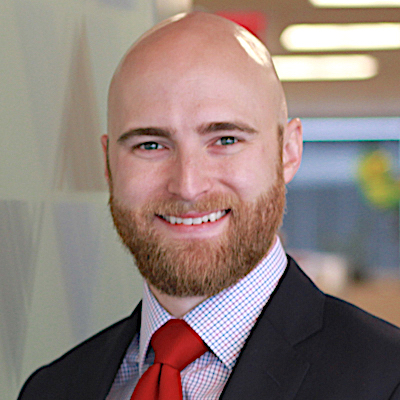
The senior living industry is experiencing a series of changes due to several contributing factors, some expected and others rather unexpected.
An aging workforce and the need for high-quality extended care are continuing trends that only seem to be expanding in both size and scope. Healthcare costs are increasing for both providers and residents, and there is an extended debate over health insurance. And certain geopolitical events threaten both the micro and macroeconomics of nearly all industry sectors.
Whether it is a combination of these factors or any single one individually, it is a natural concern for organizations within this industry to explore various avenues in the attempt to control cost, minimize risk and maximize the benefits of care offered to residents.
When it comes to insurance and controlling the risks related to your community, there continue to be two traditional options: transfer risk or retain risk.
The most common and acceptable practice of transferring risk comes in the form of purchasing a guaranteed cost or low-deductible policy from any one of the many standard insurance carriers in the marketplace. Although this standard practice continues to be a highly viable option for many organizations, hardening market conditions caused by any of the previously mentioned factors, along with the trend of many unfavorable legal venues, have forced the hand of many companies to explore further options for risk retention.
Which leads us to captives. In the simplest and most broad form, captives are formalized mechanisms for financing self-insured risk. They are bona fide, licensed insurance companies owned by one or a group of non-insurance companies for the primary reason of covering risks that have been retained by said owners. Whether a captive is the right fit for a senior living organization can be determined through a series of high-level questions, such as:
- Are your current premium payments in the standard market too high for your particular risk or loss history?
- Do you want to exert more control over the claims process, including settlement options, payments or choice of counsel?
- What is your risk tolerance level? Are you prepared to take on more risk in the event of a loss in an attempt to lower total cost over a period of time?
- Is it more efficient to retain the risk on your corporate balance sheet or use the assets of a larger, potentially more stable insurance company?
To help answer those questions and begin to build the shell of a potential captive structure, you’ll need a lot of education, consulting and analytics. Partnering with a firm that is experienced in the design and implementation of captives is an essential first step in the process of either starting or joining an existing captive. In addition to helping answer the above questions and evaluate the best captive structure for your community, a captive consultant will perform a feasibility study. The study will:
- Review the current insurance program, loss information and financial data to determine the most appropriate risks to insure through a captive.
- Perform an actuarial funding analysis and future performance projections.
- Discuss and outline all potential captive structures available and the pros and cons of each.
- Complete a full domicile analysis to determine the most favorable location to establish your captive.
- Put together a full cost comparison and operating budget.
At the conclusion of the feasibility study, all of the data and analytics will be presented to help you determine whether a captive structure makes sense for your organization.
Adam Miholic is a director of alternative risk programs at Assurance, where he oversees the management and growth of Assurance’s current alternative risk programs, including Urgent Care Assurance Company, AssureCap and the Risk Management Association for Illinois-based contractors. Miholic earned his undergraduate degree from Marquette University and his MBA degree from Arizona State University. He has a commercial lines coverage specialist designation and is a member of the Captive Insurance Companies Association.




